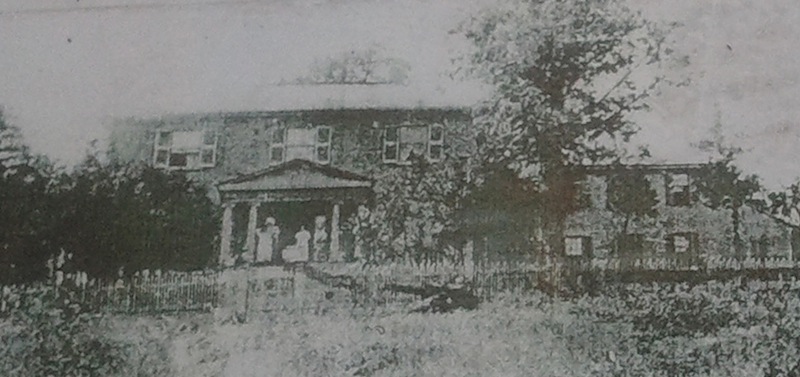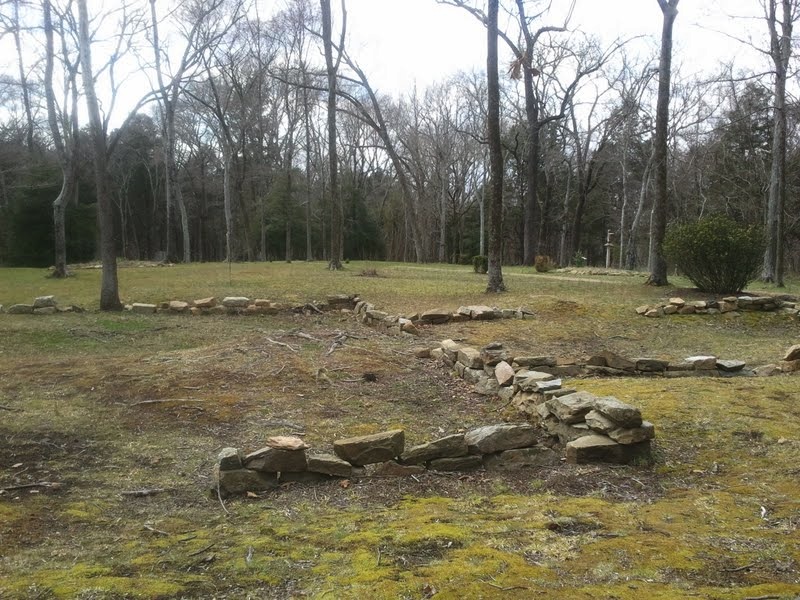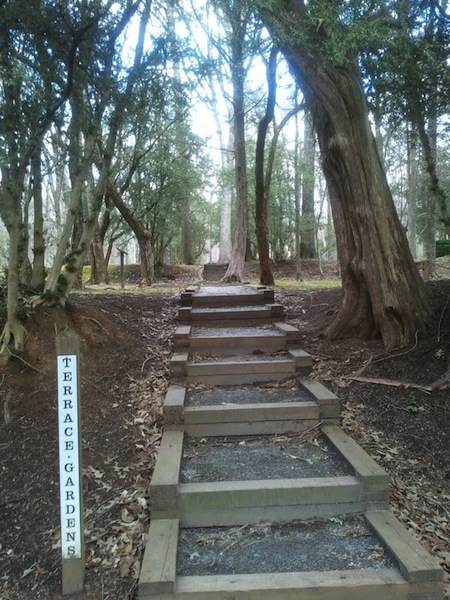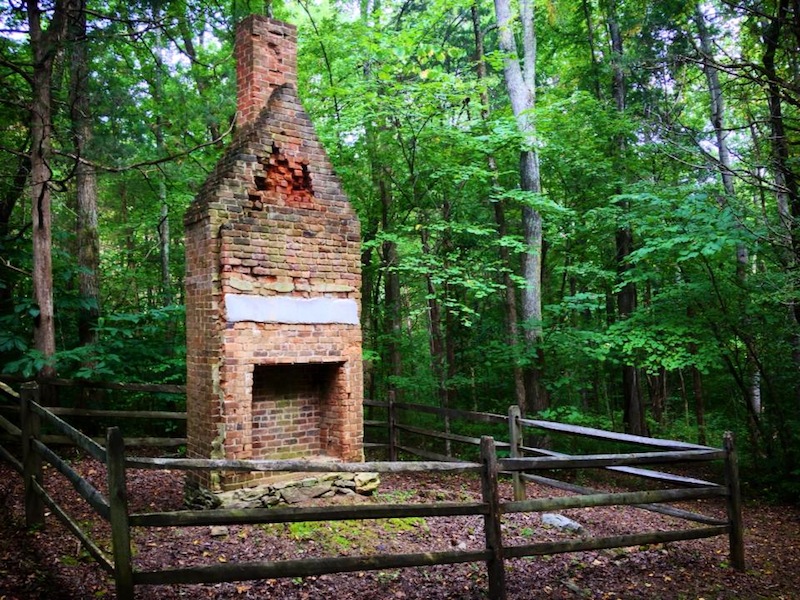Occoneechee State Park
and the remains of Occoneechee Plantation
and the remains of Occoneechee Plantation
1192 Occoneechee Park Road, Clarksville VA 23927
(434) 374-2210
Hours:
Open Year Round 8 a.m. to dusk
Fees: State Park fees apply
Around 1839 William Townes made his home on the Roanoke River. His plantation, which covered 3,105 acres including Occoneechee Island, became known as the Occoneechee Plantation. The plantation was named for the Indian tribe that occupied the area prior to their annihilation by Nathaniel Bacon and his followers. The tribe was principally located on the island that bore their name now located under the waters of John H. Kerr Reservoir.
(434) 374-2210
Hours:
Open Year Round 8 a.m. to dusk
Fees: State Park fees apply
At the time of the Federal Census of 1840 William Townes owned 160 slaves. Typical of large slave-holding estates of the time the plantation was almost a village in itself. The large, two-story house had twenty rooms plus wings on each side. Numerous buildings surrounded the house, including structures that housed the plantation's kitchen, icehouse and smokehouse, as well as the servant's quarters and horse stables. The overseer's house and slave quarters were located a short distance from the main house. A prominent feature of the plantation was the extensive five-terrace garden of boxwoods and ornamental trees. There were American boxwoods on every corner, a brick path that stretched the length of the garden and steps that lead from one terrace to the next. The steps on the upper two terraces were lined with white, pink, red, and violet roses. The lower terraces were lined with crepe myrtle and Osage orange. Many varieties of plants and flowers were planted throughout the garden.
Townes, the plantation's influential owner, was a very prominent man in Mecklenburg County. He built an oval one-mile track for the Town of Boydton and bought the Boyd Tavern in the early 1820s. Following the exciting races, Townes treated all horse lovers, whether winners or losers, to extravagant balls with the finest food and drinks at the tavern on Washington street." In 1844 he was selected to serve as a trustee of Randolph-Macon College. He encouraged the County's growth through road and railroad development. During the war he served on the board that reviewed service exemptions for the Confederacy. In September of 1878 William Townes died, leaving his estate to be divided among his children and workers. His former slaves received the option of either four acres of land or the monetary value of those acres.
William Townes Jr., who was in charge of the Mecklenburg Rifles (Company G, 38th Virginia Regiment Volunteers) during the war, inherited the house and grounds in addition to much of the 3,000 acres of land. As the younger Townes already owned nearby "Cuscowilla" plantation, a few years after his father's death, he sold the home to Dempsey Graves Crudup. A former captain in the Confederate Army, Crudup lived at Occoneechee Plantation with his family until the house burned Christmas Eve 1898.
Occoneechee State Park is located on part of what encompassed the plantation. Visitors can now stroll through the remains of the terraced gardens. An interpretive trail winds through the building remains and the terraces. The field between the park entrance to Campground and Amphitheater was the original location of the overseer's house and slave quarters. Workers once used the road to what now leads to the amphitheater as access to the farm fields in the low-ground along the Roanoke River. There was also a canal that led to the river in the vicinity of the amphitheater.
Contributor: Leigh Lambert, Director of Southside Regional Library
Websites:
http://www.dcr.virginia.gov/state_parks/occ.shtml
Sources:
Full Sources for Historic Sites [pdf]
http://www.dcr.virginia.gov/state_parks/occ.shtml
Sources:
Full Sources for Historic Sites [pdf]
(c) Copyright 2014. All Rights Reserved. Designed by Jason Winter ||



